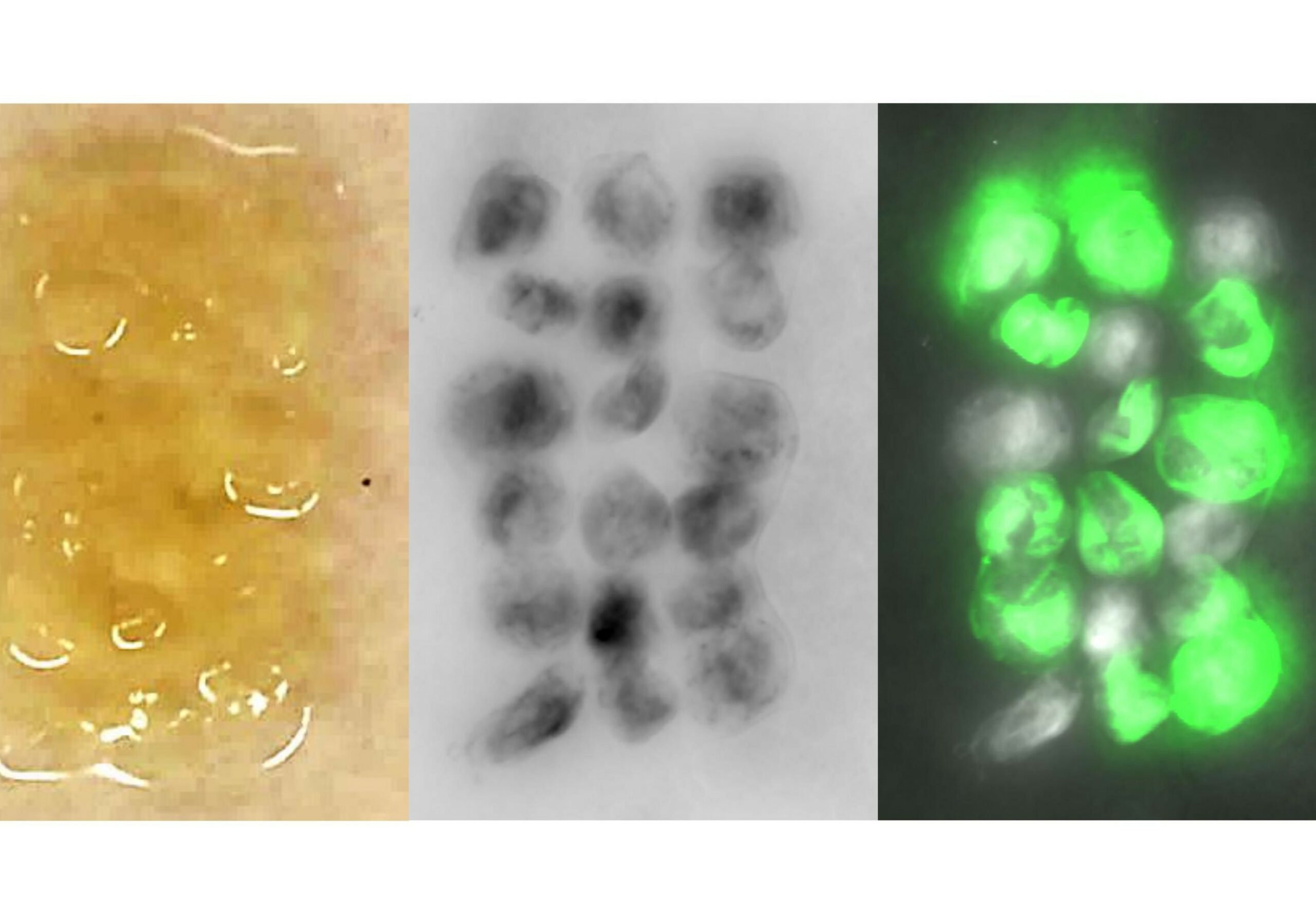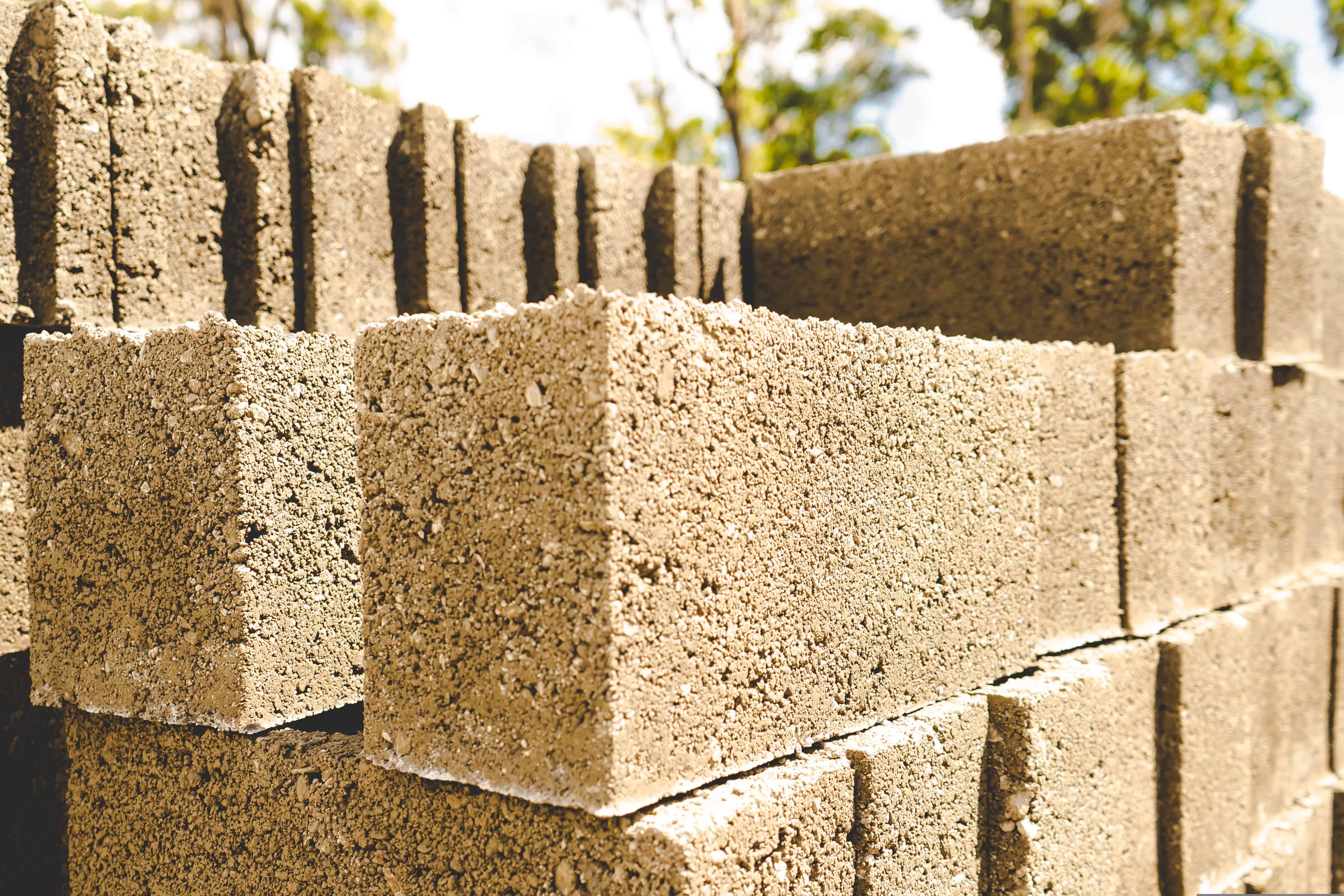
Researchers at Imperial College London have developed living 3D building elements that are capable of repairing themselves if they are damaged. Imperial announced this in a press release and in a study published in the journal Nature Communications.
Imperial lists the possible applications as e.g. potholes in the road, a crack in the fuselage of an aircraft, or a star chip in a car window-screen.

It could prove to be very important for the maintenance and longevity of materials, according to Professor Tom Ellis at the Bioengineering Department. “In the past, we’ve created living materials with inbuilt sensors that can detect environmental cues and changes. Now we’ve created living materials that can detect damage and respond to it by healing themselves.”
Engineered Living Materials
In order to create so-called ELMs (Engineered Living Materials), the researchers genetically modified the Komagataeibacter rhaeticus bacterium in such a way that – when damaged – the bacteria produce fluorescent cell structures (spheroids).
Ellis states that the spheroids were extensively tested in blocks that had holes in them. “By doing this, the blocks proved capable of both detecting the damage and repairing the material.”
Yeast
The study opens up even more possibilities, according to researcher Joaquin-Astorga. For example, other yeast bacteria can be introduced into dressings that make wounds heal faster.
The study was co-funded by the US Army and the Engineering and the Engineering and Physical Sciences Research Council (EPSRC).








